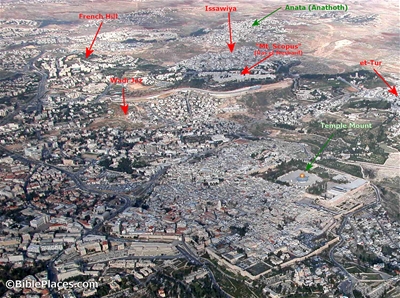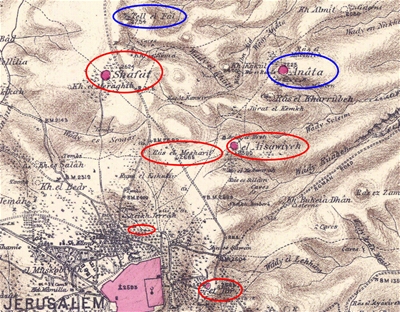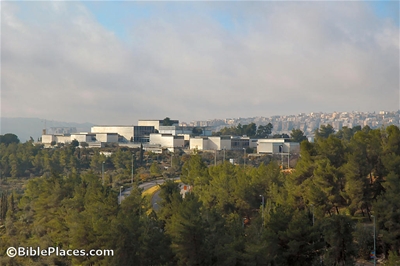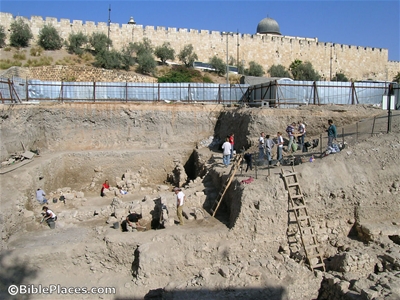The first is a brand new work, released a few months ago. The second is the 4th edition and is due out in April. I have not seen either and so can only judge them by their covers (and both fail on that count). There must be a good market for Bible atlases with so many out there; in addition to these, I am aware of two revisions underway and two new ones being written.
The IVP Atlas of Bible History, by Paul Lawrence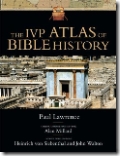
* Includes nearly 100 superb relief maps.
* Features over 140 colour photographs.
* Includes over 20 site plans and panoramic reconstructions.
* Draws on the latest finds of historians and archaeologists.
* Includes special features on topics such as the peoples and languages of the Bible throughout the text.
* Also includes a Scripture index.
This atlas is currently available for $28 from either Eisenbrauns or Amazon.
Oxford Bible Atlas, 4th ed., by Adrian Curtis
This new edition of the Oxford Bible Atlas, now with full-colour maps and illustrations, has been thoroughly revised to bring it up to date with regard both to biblical scholarship and to archaeology and topography. The Atlas will help readers of the Bible understand the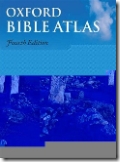 contexts in which its stories are set and to appreciate the world from which it emerged and which formed its background. Maps show the geographical setting of the Bible’s stories and reflect the successive stages of the Bible’s accounts, while specially chosen full-colour illustrations bring the countries and their peoples to life. The accompanying text describes the land of Palestine, and its wider ancient Near Eastern and east Mediterranean settin gs. It outlines clearly the successive historical periods, and describes the major civilizations with which Israelites, Jews, and early Christians came into contact. There is also an illustrated survey of the relevance of archaeology for the study of the Bible. The Atlas provides a superb guide to the geography of the Holy Land throughout biblical history, from the Exodus period through to New Testament times.
contexts in which its stories are set and to appreciate the world from which it emerged and which formed its background. Maps show the geographical setting of the Bible’s stories and reflect the successive stages of the Bible’s accounts, while specially chosen full-colour illustrations bring the countries and their peoples to life. The accompanying text describes the land of Palestine, and its wider ancient Near Eastern and east Mediterranean settin gs. It outlines clearly the successive historical periods, and describes the major civilizations with which Israelites, Jews, and early Christians came into contact. There is also an illustrated survey of the relevance of archaeology for the study of the Bible. The Atlas provides a superb guide to the geography of the Holy Land throughout biblical history, from the Exodus period through to New Testament times.
This edition will be available in April and is currently priced at $28 at Eisenbrauns and $23 at Amazon.
